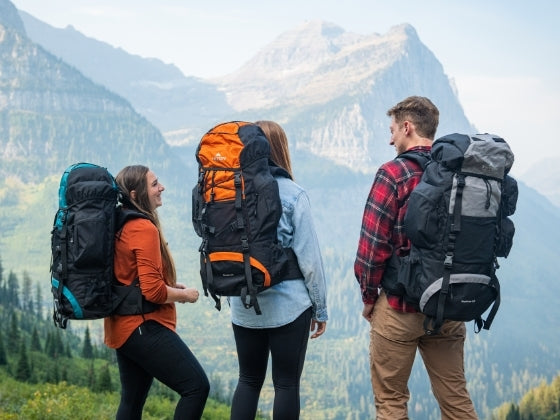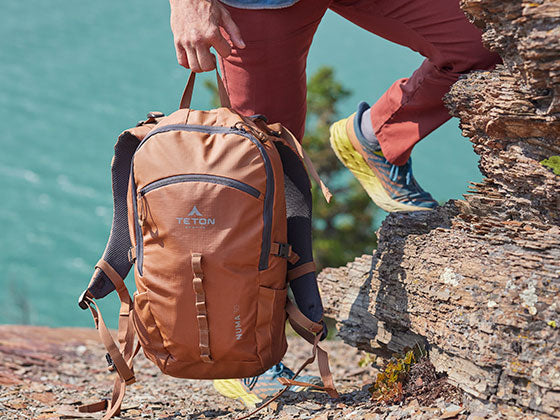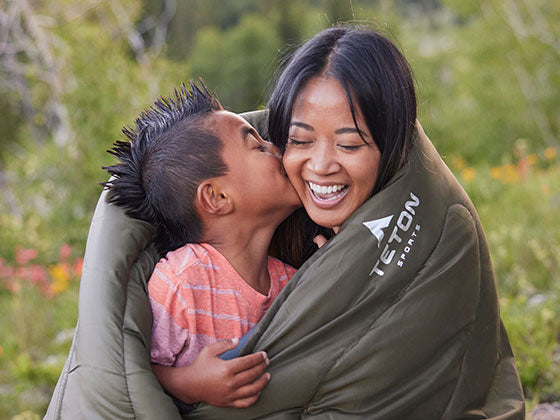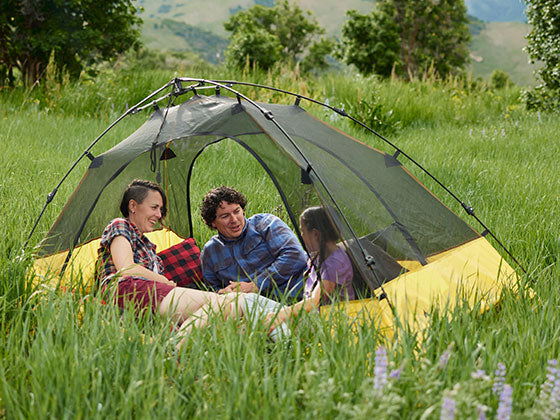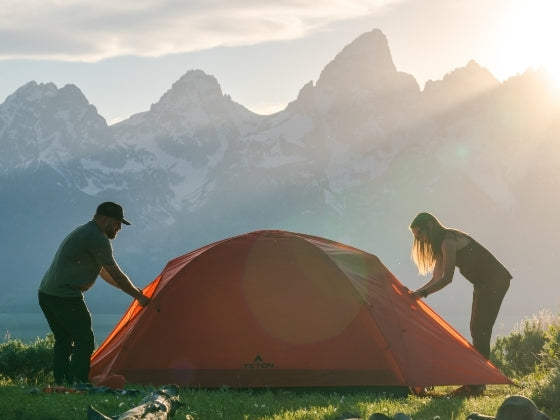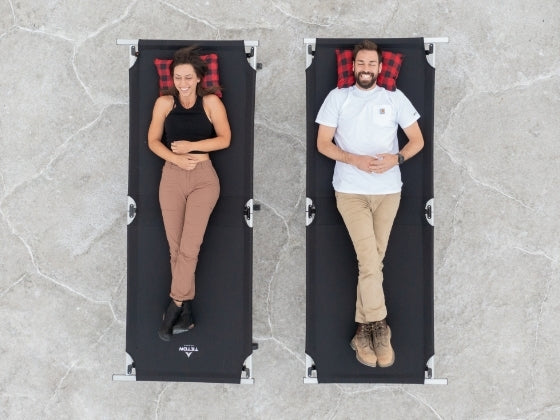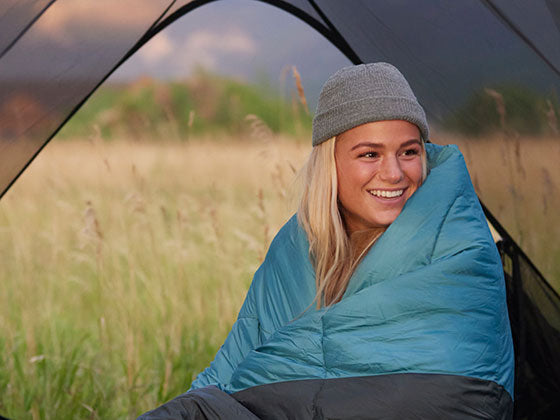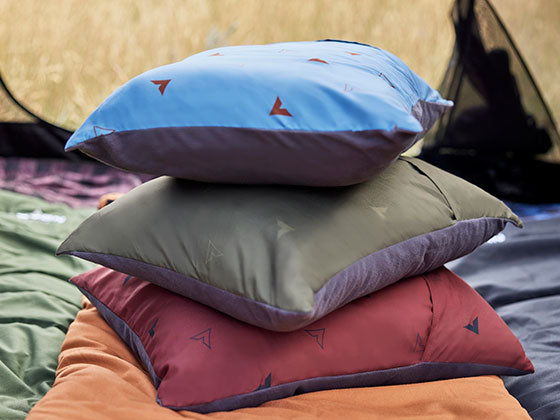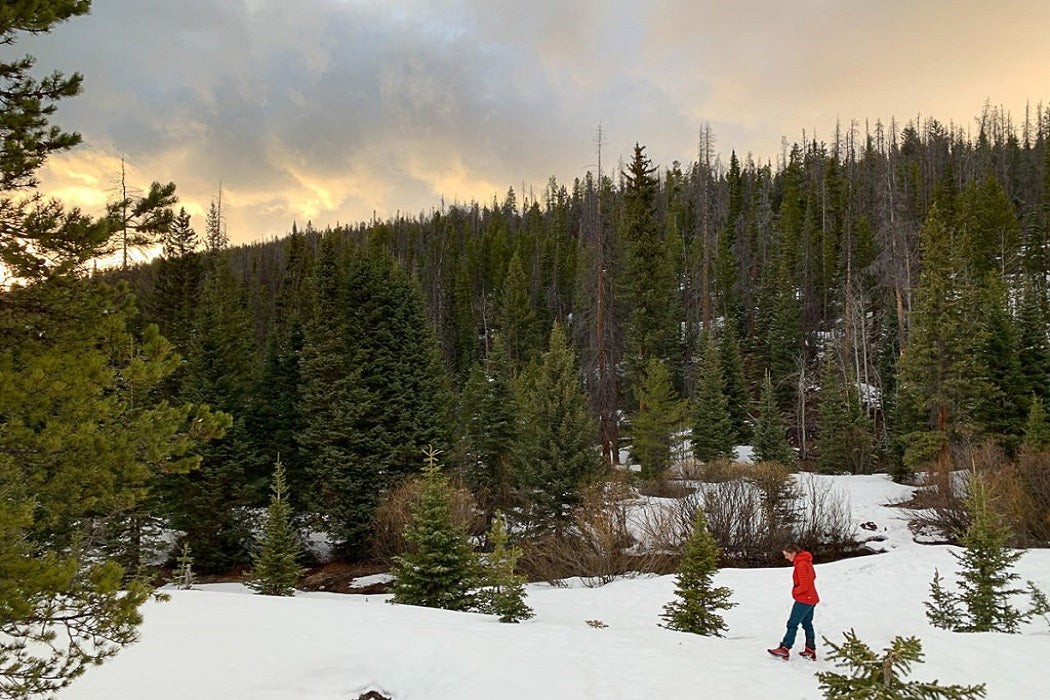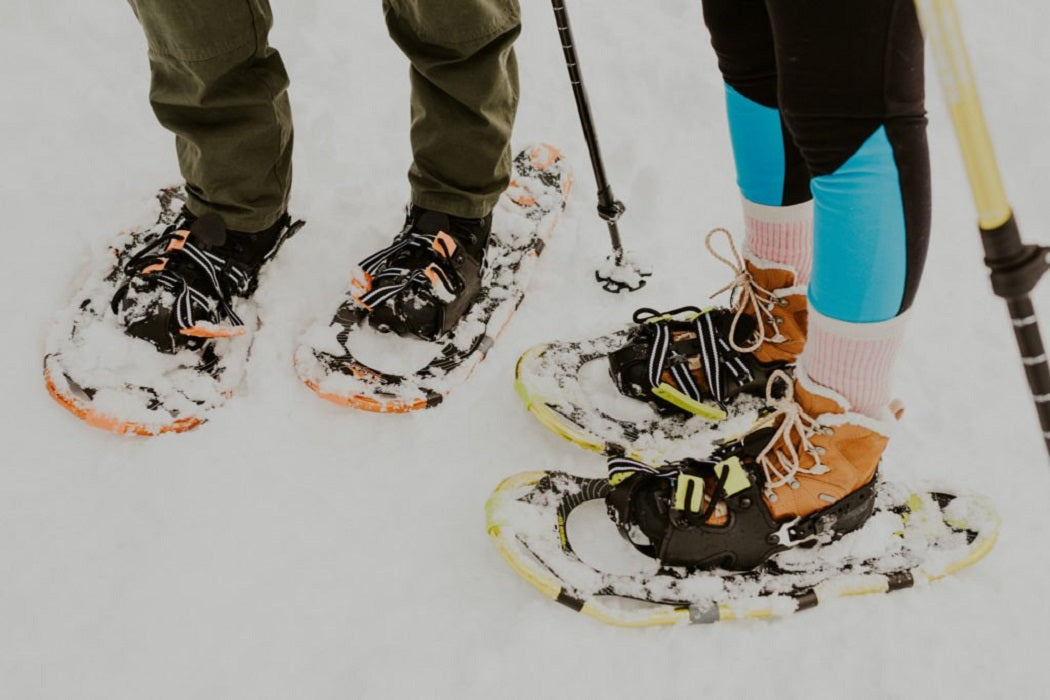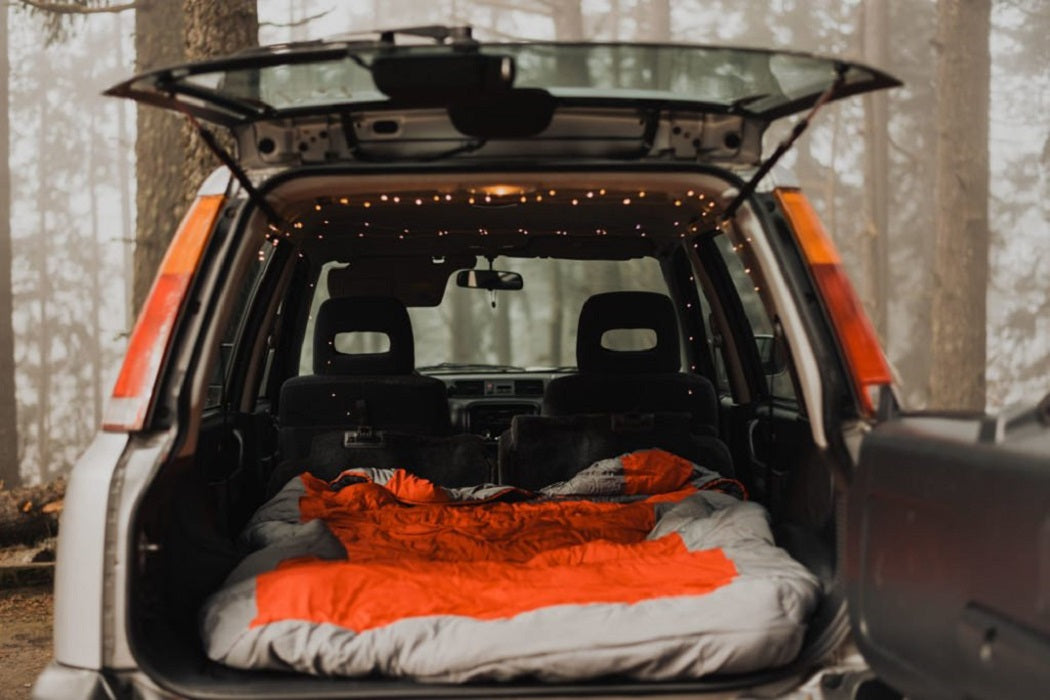By: Meg Atteberry
If you crave sleeping under the stars no matter the season, then winter camping might be for you. There’s magic to the quiet of your favorite camp spots in winter. The silence of the snow, pristine landscapes, and all the solitude you can imagine. But winter camping certainly comes with a few key challenges that require special equipment. Here’s a look at what you need to go winter camping.
What’s Different About Camping in Winter?
Of course, you understand that it’s obviously much, much colder to camp in winter. But there are a few other considerations to make before heading out.
First, are you prepared to stay dry? Meaning do you have the right equipment, tarps, and layers to keep your body dry while winter camping? Constantly standing (and sleeping) in the snow means it can get wet, so be sure to be prepared for moisture, which can make you cold!
Secondly, check that you can access your destination. Many of your favorite camping areas may be closed in winter due to un-maintained winter roads. Be sure to check conditions prior to heading out. If you’ve got to walk in, then you’ll need proper traction, floatation, packs, and maybe even avalanche safety gear and knowledge depending on your location.

The Primary Winter Camping Essentials
You’ll want to bring a lot of the things you’d bring for summer on a winter camping trip (but maybe you don’t need ice in the cooler - so will suffice). However, there are a few special considerations to keep in mind while you plan your winter outing.
A Suitable Tent
Make sure your tent is suitable for winter camping. First, if you’re going to camp at high altitudes, exposed to the wind you’ll want to use a 4-season tent. 4 season tents are more durable than their 3-season counterparts and are built for extreme environments.
Secondly, look at the space. Unlike summer camping, you’ll be carrying more gear and need more space. Size up one tent size for winter adventures. So if you’re headed out with two people, use a three-person tent.
Extra Sleeping Pad Insulation
One of the biggest safety concerns while winter camping is keeping warm. Warmth starts with your sleeping pad. This is what truly insulates you from the frozen or snowy ground, so you’ll want to check the R-value of your sleeping pad.
R-values for all-season camping are above 4, but the more the warmer. Consider adding a closed-cell foam pad underneath your primary sleeping pad to add even more warmth. This also gives you protection from the ground if your inflatable pad springs an unexpected leak.

Properly Rated Sleeping Bag
Not all sleeping bags are created equal. And we could write a dissertation on sleeping bag science. So to keep it simple, for winter, you’ll want a bag that is rated for 10 degrees less than the lowest temperature you’ll encounter on your trip. Winter bags definitely do more to protect you against the cold, with added baffles and draft colars. These added features do a lot to keep you warm. When in doubt, you can also add a sleeping bag liner, which should give you between 5 to 25 more degrees of added warmth.
The Right Layers
The key to staying warm while out in the snow is staying dry. This means packing and wearing layers that wick moisture (no cotton) and regulating your body temperature while you move. Shed layers when you’re on the move, and add layers when you stop to stay dry.
Always bring an extra pair of warm socks, long underwear, and even a puffy jacket so you can swap out sweaty clothes while you’re at camp resting.

All the Snacks
You need a lot more calories just to hang out in winter. Pack snacks that are high in fat and easy to consume. A hot meal is a must in winter. Go for food that is rich like chocolate, buttery foods, and all the fatty snacks you love.
White Gas Stove
Traditional camping stoves don’t do so well in winter. The colder temps cause pressure drops in the system, creating a weak flame. So you’ll either need a special regulator on your stove or a white gas compatible system. Don’t forget to pack plenty of extra fuel!
An Un-Insulated Water Bottle and Hand Warmers
One way to get warm quickly is to heat up water in an un-insulated water bottle and stuff it in your sleeping bag. You’ll have an instant heater. Hand and toe warmers work well too. If you feel cold, address it immediately to prevent getting any cold-related injuries.
Winter camping is a unique adventure that puts you in the heart of stunning snowy landscapes. With the right gear, you can have a snuggly night under the stars no matter what season it is.
About the Author: Meg Atteberry
Meg ditched the 9-5 world as an architect in pursuit of adventure. Now a freelance writer for the outdoor industry, she’s made it her life’s work to inspire others to say “yes” to adventure. From the remote wilderness areas of Colorado, to exploring a foreign country, Meg specializes in off-beat destinations for the intrepid soul. You can find her in the backcountry searching for the perfect camp spot in her home of Colorado.

